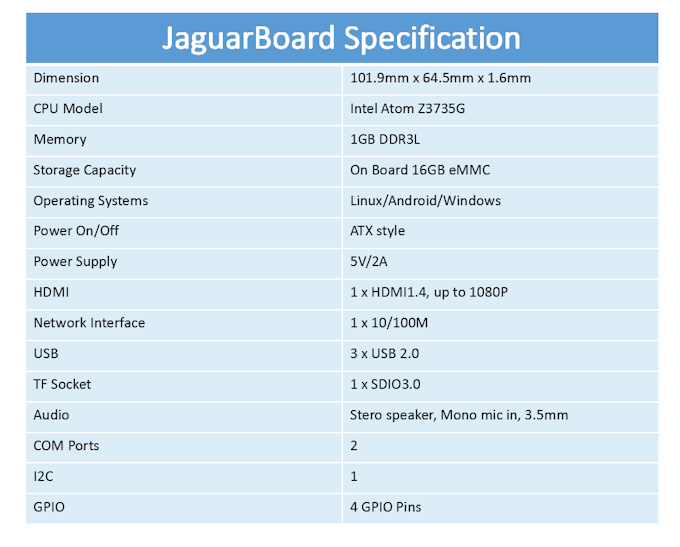Did you get an Onion Omega2? I did, but I've still yet to try and do anything with it.
I did. It proved very useful at work the last few days, so much so that they're ordering in a couple more for other projects.
We needed some kind a router that could bridge wired and wireless networks for a mobile computing platform. We have a 3rd party telemetry device which only does wired ethernet, a laptop to run the server, and a tablet for visualizing. The visual needs google maps, unfortunately, so to add to the mix we needed cell data. Our original solution was a wifi router that could act as a repeater: tether to a cell phone, connect the telemetry system via ethernet and the laptop and tablet via wifi. Best router we could find with repeater feature was $250, so instead we got a $50 router and used my Omega2 with an ethernet adapter as the cell modem to router bridge.
This morning I realized it could run node.js, and has a built in web server, so I mounted a USB stick as extra storage, got node working, copied our server code over, and now it's doing everything the laptop was doing. Would've been easier if I'd had the ethernet extension but I didn't think I'd need it, so had to build the kernel module from source. By which I mean I got my co-op to build it from source, that's what they're there for.
On my way out the door I realized that without needing the laptop, the only other piece of networked equipment is the tablet: connect the telemetry to the Omega2 directly with a crossover cable, connect the Omega2's and tablet's wifi to the tethered phone, ditch the router entirely.
I could probably take it one step further if I'd gotten the cell modem extension but also never thought I'd need it.
And that's the story of how a $5 (technically $40, once all the parts were accounted for) 20 square cm board replaced a $600+ giant trunk-based rig.


